The lotus flower is one of the most remarkable creations of nature. Its beauty lies in its purity, because this magnificent flower emerges from the dirty and muddy bottom of a pond, yet still remains untouched and unstained by its soiled surroundings.
This notable feat has ensured that the lotus is considered an embodiment of perfection in various Asian religions and cultures, with particular reference to Buddhism and Hinduism. Its unique quality is said to symbolize the human who rises from the darkness of the world into a new way of thinking and living.
The remarkable traits of the lotus flower have long been recognized in human history, and have also played a significant role in ancient religions.
The Lotus Depicted in Ancient Religions
In the Buddhist tradition, the flower that rises above the muddy waters represents the act of ascending above all desires and attachments. According to Buddhism, this is the key to achieving spiritual enlightenment. Despite the flower having its roots in the mud, it grows upward in the direction of light. This is believed to represent the aspiration to rise above and move towards light. The lotus, therefore, symbolizes the journey from darkness (as depicted by the muddy pond) to the light of knowledge or wisdom.
In the Buddhist tradition, the flower that rises above the muddy waters represents the act of ascending above all desires and attachments. According to Buddhism, this is the key to achieving spiritual enlightenment. Despite the flower having its roots in the mud, it grows upward in the direction of light. This is believed to represent the aspiration to rise above and move towards light. The lotus, therefore, symbolizes the journey from darkness (as depicted by the muddy pond) to the light of knowledge or wisdom.
In the Hindu tradition, the place in which the lotus flower blossoms (its dark and dirty waters) represents a wise and spiritually-enlightened person, who performs their duty without any material or emotional desires. The ability to detach oneself from such desires enables one to remain unaffected by all worldly pleasures and gain, thus achieving spiritual perfection. At its center, the lotus bud is compared to a folded heart or soul, which has the ability to blossom or awaken to divine truth.
In Ancient Egyptian culture, the lotus, referred to as Seshen, represented the sun and rebirth, as it blossoms at sunrise and closes as the sun goes down. It is also associated with death. The Egyptian Book of the Dead states that a person who has died can be transformed into a lotus with the help of magic spells and charms, symbolizing resurrection and rebirth.
"Growing from the mud and blooming towards the sky,
a lotus symbolizes purity, spiritual awakening, revival and fortune."
a lotus symbolizes purity, spiritual awakening, revival and fortune."
The Significance of Lotus Colors
The lotus predominantly comes in five different colors, and each has its own spiritual interpretation.
The lotus predominantly comes in five different colors, and each has its own spiritual interpretation.
The delicate pink lotus is associated with the highest deities across cultures and is said to represent the earthly symbol of Buddha. It is also believed to denote the state of a person's mind - a closed bud represents a transition phase towards the path of spirituality, while a full-bloom pink lotus denotes enlightenment. This interpretation explains why quite a number of Hindu gods and goddesses, as well as the Buddha, are often depicted seated on a pink lotus.
This enchanting lotus signifies wisdom and knowledge, and represents victory over the senses. It holds a special and sacred place in Ancient Egyptian culture, and is rarely found. The blue lotus depicts a person's control over their mind and spirit, enabling them to let go of the materialistic aspirations in life.
This mystical flower is associated with esoteric sects, and can be depicted as either an open flower or a bud. The eight petals of the purple lotus are representatives of the noble eight-fold path - one of the principal teachings of the Buddha. Following this path is thought to lead to self awakening.
"Just the lotus we too have the ability to rise from the mud, bloom out of the darkness and radiate into the world."
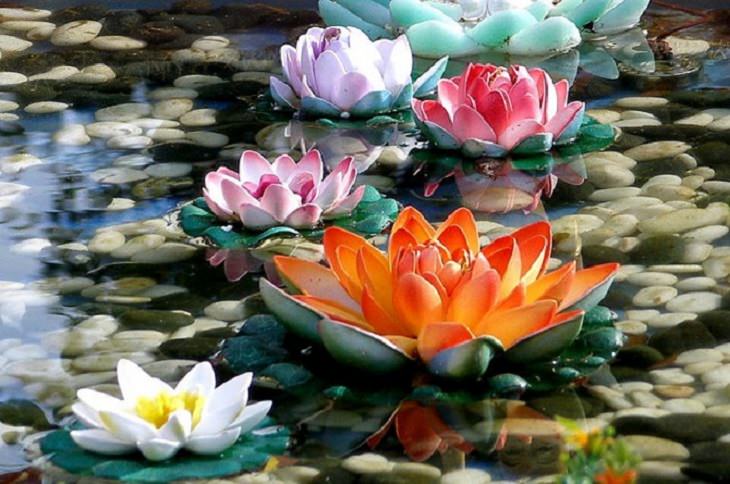


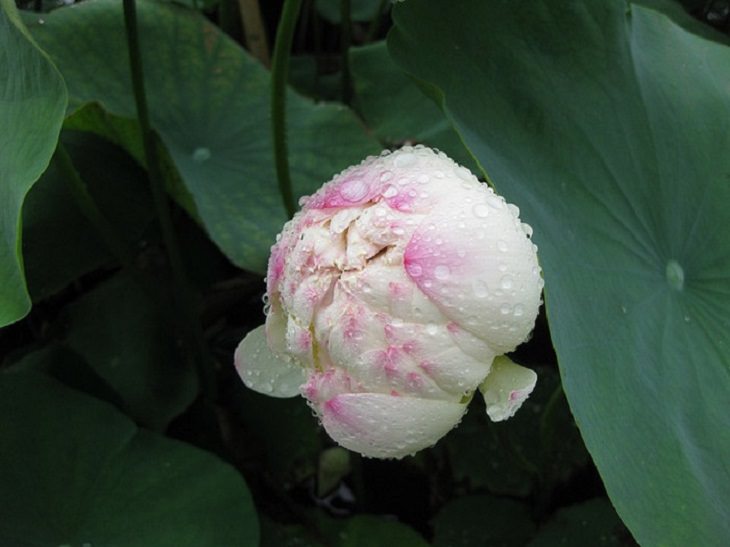
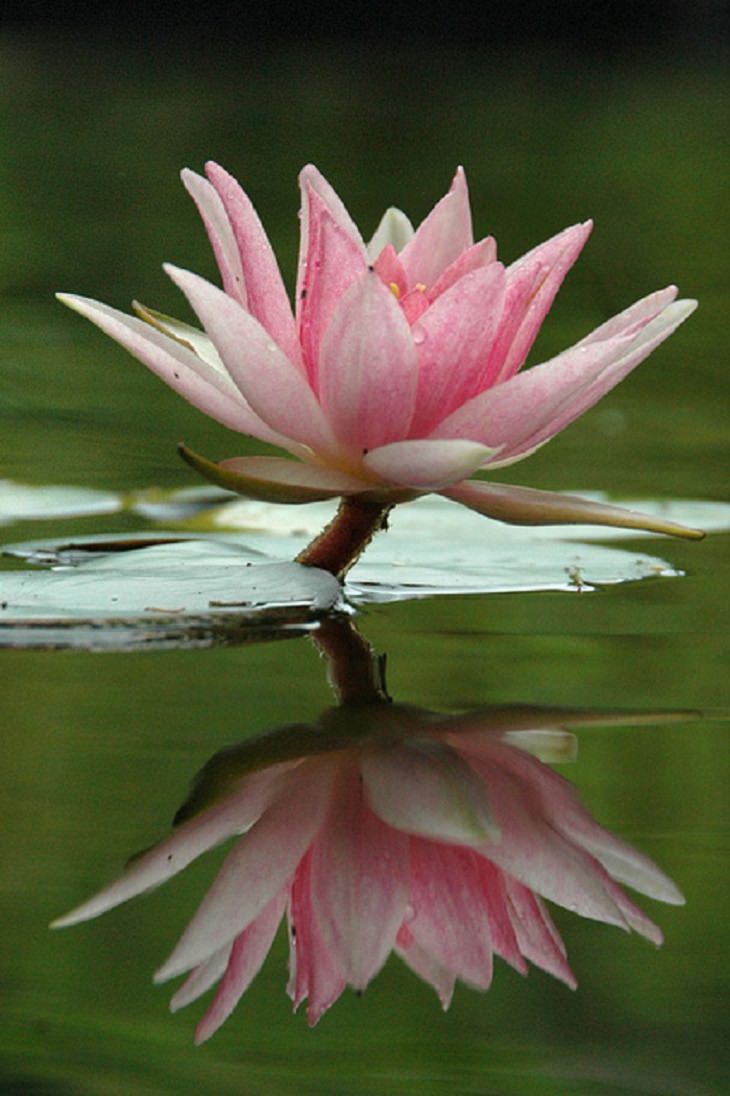
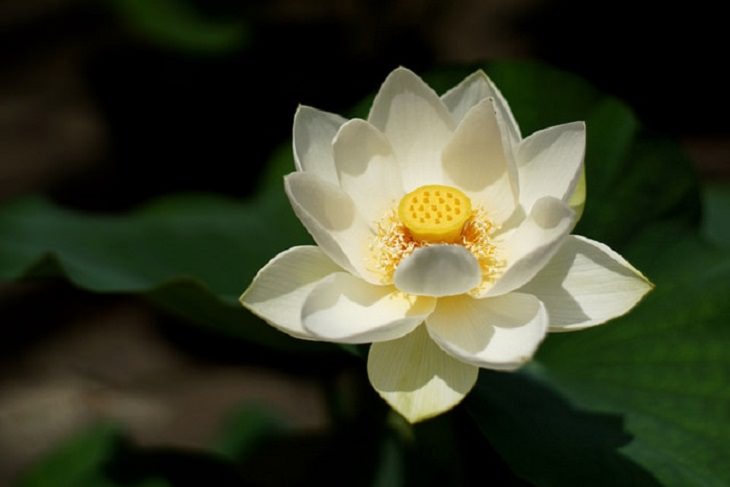
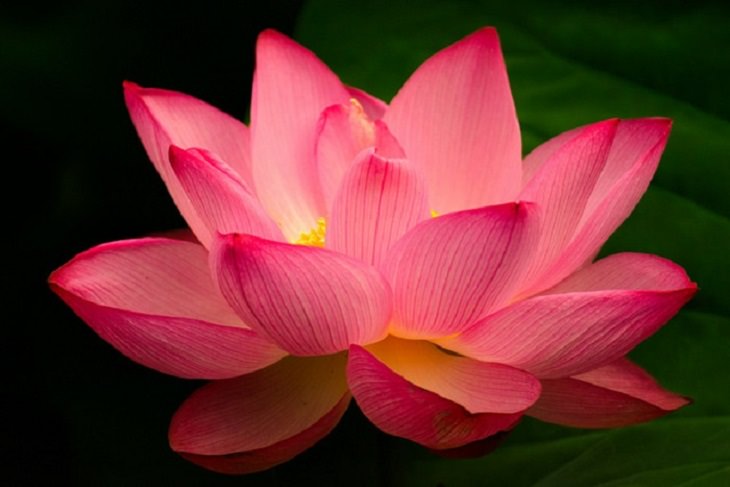


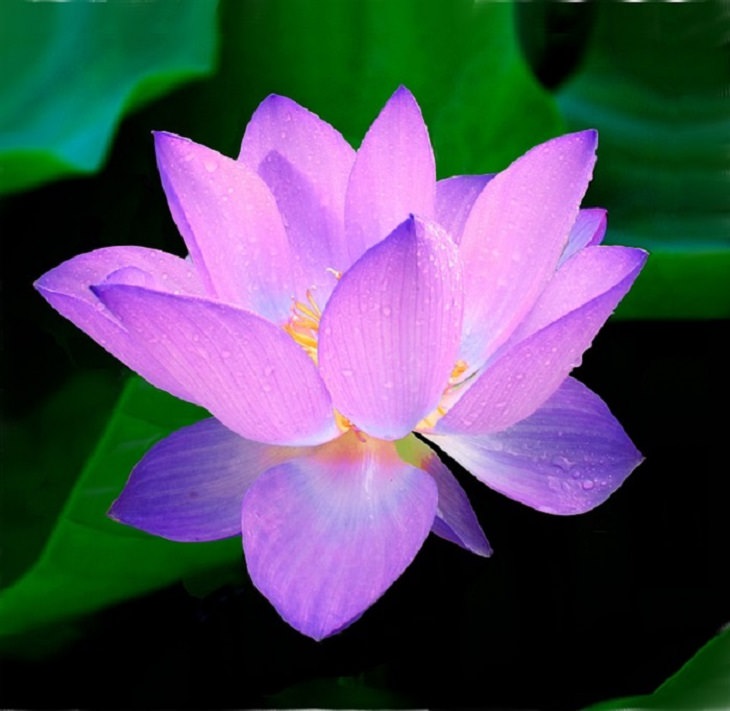
No comments:
Post a Comment